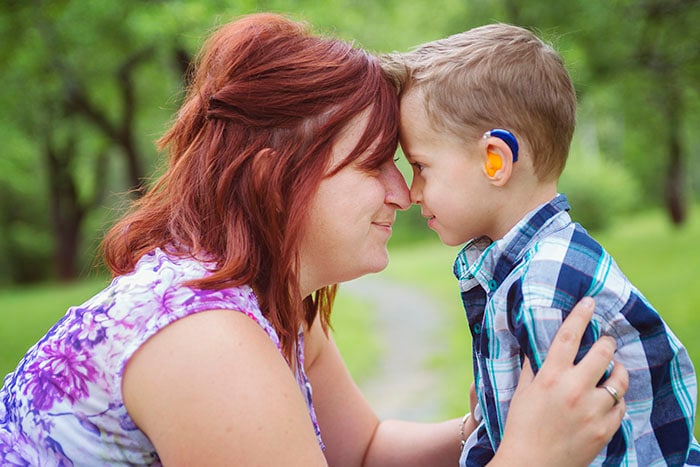What to know
- Separation from one's family during or after an emergency can have mental and physical effects on children.
- The faster children reunite with the people they know and love, the better their outcomes will be.
- See resources and tools for reunification after a disaster or emergency.

What reunification is
Reunification is the process of ensuring that children return to the care of their parent(s) and family as quickly as possible after an emergency.
The vast majority of parents in the United States work outside the home. An estimated 69 million children in the United States are in school or child care on any given weekday. Emergencies increase the possibility for children to become separated from their parents or legal guardians. During the evacuation or sheltering process, parents may be at work while their children are in child care, school, a recreational facility, or other location.
How to reunite with your children
A family emergency plan will have important information, such as phone numbers, emergency contacts, and multiple meeting places. School and child care centers will also have emergency plans in place to reunite children with their loved ones following an emergency.
Until families are reunited after an emergency, it is important to stay informed of emergency warnings and updates. Social media will play a key role in providing information. Children who use social media can use functions on Facebook, for example, to let their loved ones know they are safe.
It may be necessary to use additional reunification resources, such as
- The American Red Cross's Reconnecting Families program.
- The National Center for Missing and Exploited Children's 24-hour hotline.
- FEMA's information page for reunification systems.
Wake-up call from Hurricane Katrina
In 2005, the National Center for Missing and Exploited Children's hotline for Hurricanes Katrina and Rita received over 34,000 calls. In addition, it took six months to reunify 5,192 missing children and their families. The worst storm in U.S. history forced more than 300,000 children to enroll in new schools around the country, sometimes very far from the communities they once knew.
As the National Commission on Children and Disasters, the Institute of Medicine, and other experts have noted, children "are not simply small adults." Emergency management planning and policies must address their unique needs.
Importance of planning
Emergencies can happen at any time and anywhere. On any given weekday, an estimated 69 million children are in school and child care. They may be particularly vulnerable because they are away from their families. Schools, child care facilities, and families can help keep children safe by having emergency preparedness plans in place.
For families
It is important that children know what to do in an emergency. Having a plan to reunite with family members is an important part of any emergency preparedness plan. Ask all family members, including children, to help make an emergency plan.
- Choose a meeting spot.
- Make emergency contact cards for children to carry in their school bag or backpack.
- Help older children memorize important names and phone numbers (parents, other trusted adult).
Parents and caretakers can learn about the school safety drills that are taking place in their child's school or child care facility from the school principal and safety officials. Since lockdown drills vary by state, you may also look on your state's Department of Education webpage.
Resources
- Post Disaster Reunification of Children: A Nationwide Approach
- Youth Preparedness
- Student Tools for Emergency Planning (STEP)
- Disaster Checklists for parents and child care professionals
- Center for Missing and Exploited Children: 1-800-THE-LOST (24-hour hotline to report a missing or sighted child)
Emergencies or Hazards
Learn more about different types of emergencies and hazards
